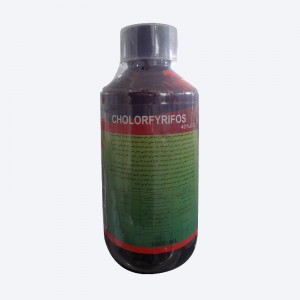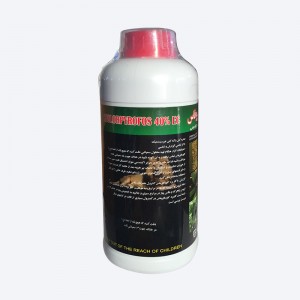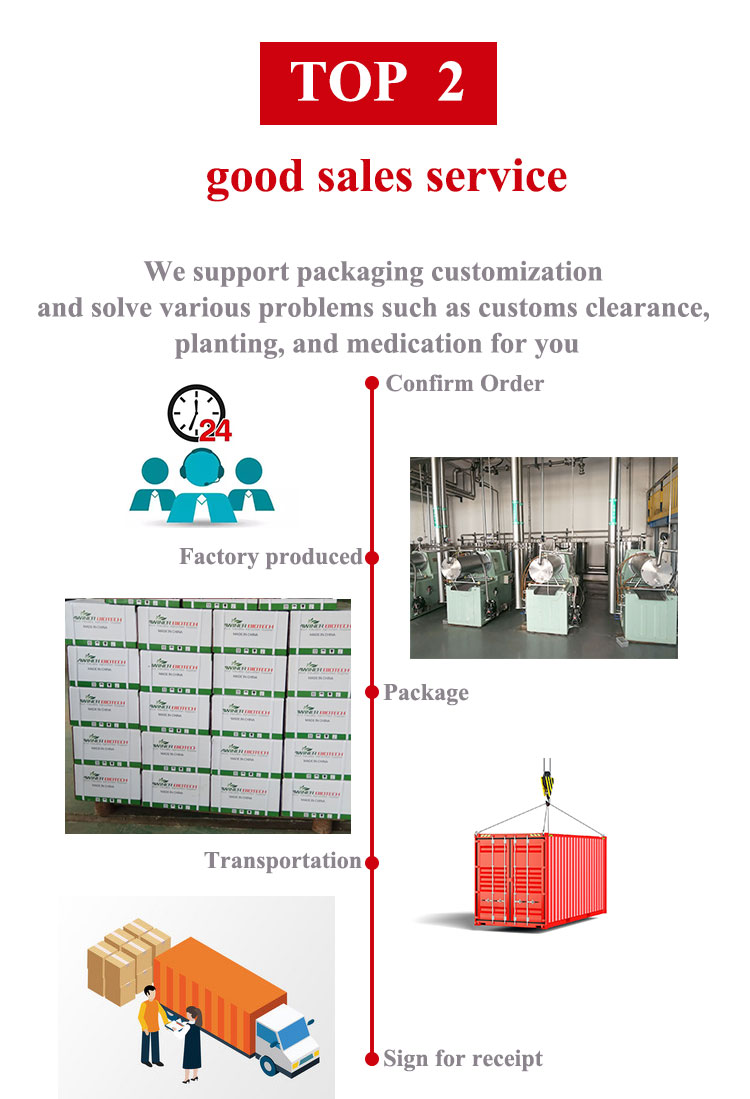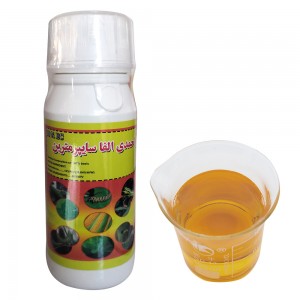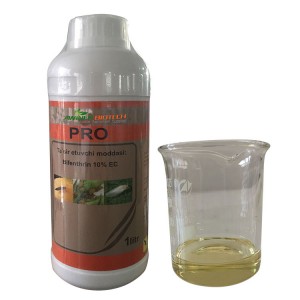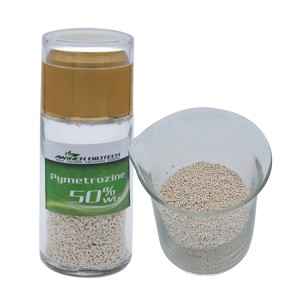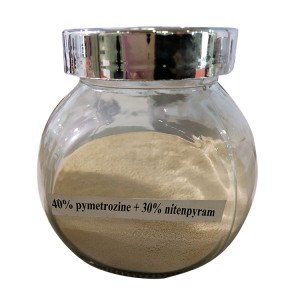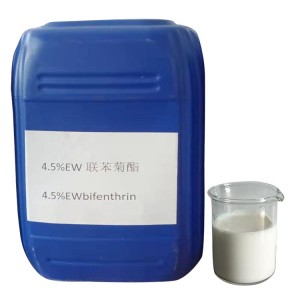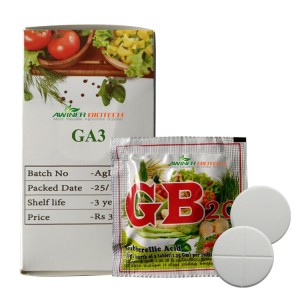Chlorpyrifos Pesticide
Short Description:
Chlorpyrifos pesticide emerges as a reliable solution for effective pest management in various crops, offering versatility, safety, and long-lasting efficacy. By adhering to recommended application rates and safety precautions, farmers can harness its potential to safeguard crop yields and promote sustainable agriculture.
Chlorpyrifos Pesticide: Effective Protection Against Various Crop Pests
Chlorpyrifos pesticide offers a triple threat against pests, acting through ingestion, contact, and fumigation. It demonstrates excellent efficacy against a wide range of chewing and piercing-sucking pests on rice, wheat, cotton, fruit trees, and tea plants.
Key Features of Chlorpyrifos Pesticide
Broad Spectrum: Chlorpyrifos targets pests such as rice leafhoppers, rice stem borers, rice leaf rollers, rice gall midges, citrus scale insects, apple aphids, lychee fruit borers, wheat aphids, and canola aphids, ensuring comprehensive pest control across various crops.
Compatibility and Synergy: Its excellent compatibility allows for effective mixing with a variety of insecticides, enhancing efficacy significantly. For instance, combining chlorpyrifos with triazophos results in synergistic effects.
Low Toxicity: Compared to conventional pesticides, chlorpyrifos exhibits lower toxicity, ensuring the safety of beneficial organisms, thus serving as a preferred alternative to highly toxic organophosphate pesticides such as methyl parathion and oxydemeton-methyl.
Long-lasting Residual Activity: Chlorpyrifos binds effectively with organic matter in the soil, making it particularly effective against soil-dwelling pests. Its residual activity extends for more than 30 days, providing prolonged protection against pests.
No Systemic Action: Chlorpyrifos lacks systemic action, ensuring the safety of agricultural products and consumers. It is suitable for the production of eco-friendly, high-quality agricultural products.
Recommended Application Rates for Various Crops
Rice: For rice leafhoppers, rice leaf rollers, and rice stem borers, apply 70-90 milliliters per mu uniformly on stems and leaves.
Citrus Trees: Dilute at a ratio of 1000-1500 times and spray uniformly on stems and leaves to control scale insects.
Apple Trees: Dilute at a ratio of 1500 times and spray uniformly during the occurrence of aphids.
Lychee Trees: Dilute at a ratio of 1000-1500 times and spray once 20 days before harvesting and again 7-10 days before harvesting to control fruit borers.
Wheat: Apply 15-25 milliliters per mu uniformly during the peak occurrence of aphids.
Canola: Apply 40-50 milliliters per mu uniformly before the third instar larvae to control sticky insects.
Precautions for Safe Usage
Allow a safety interval of 28 days for citrus trees and 15 days for rice. Limit usage to once per season for citrus trees and twice per season for rice.
Avoid impact on surrounding bee colonies, flowering periods of nectar crops, silkworm chambers, and mulberry orchards during application.
Exercise caution with sensitive crops such as cucurbits, tobacco, and lettuce seedlings.
Wear protective clothing and gloves during application to prevent inhalation of the pesticide.
Thoroughly clean equipment after application and dispose of packaging properly.
In case of accidental poisoning, administer atropine or pralidoxime according to organophosphate pesticide poisoning protocols and seek medical attention promptly.
Rotate with insecticides of different modes of action and avoid mixing with alkaline pesticides during flowering periods to protect bees.
Conclusion
Chlorpyrifos pesticide emerges as a reliable solution for effective pest management in various crops, offering versatility, safety, and long-lasting efficacy. By adhering to recommended application rates and safety precautions, farmers can harness its potential to safeguard crop yields and promote sustainable agriculture.
FAQ




